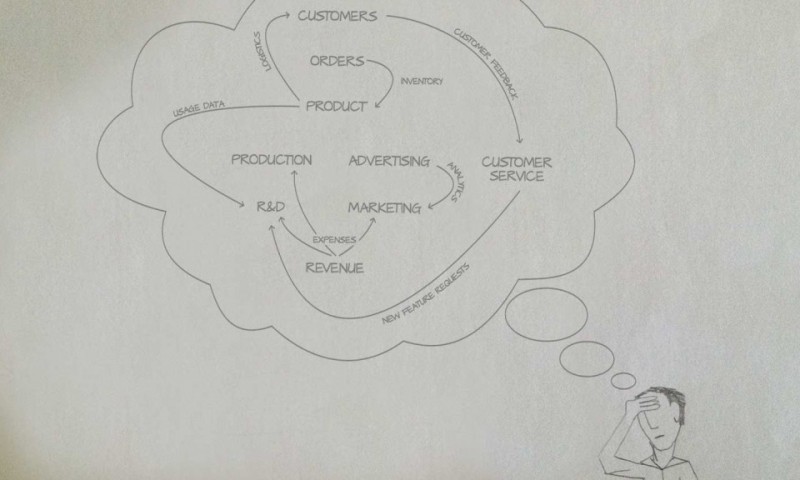
Actionable insight is the new big data
Why less is more in a world of complex data.
Every day each of us has to deal with a variety of information. Software developers must ensure that iterations prioritize features that users expect. Marketers need to adjust their campaigns for maximum return on investment. Warehouse managers must make sure to have just enough units to satisfy demand without overstocking. Restauranteurs must ensure that their menus are optimized for maximum revenue and the delight of their guests.
All of these decisions require accurate measurement of important data.
In industries where tracking systems are mature, this data is available in the form of actionable insight. We can imagine a supplier to the hotel industry using a system capable to alert warehouse managers that they need to replenish ten thousand salt shakers in advance of an upcoming order from a national restaurant chain. In this case, the relationship between known data (available stock and order size) and the resulting action (replenish inventory) is linear. In instances where known data is not as easily quantifiable, it can be challenging to arrive to a clear course of action.
The software industry offers a good example of non-linear, complex data. In a software product, it is important to prioritize features that are most valued by users. The development of new product features is often expensive, therefore investing efforts without a clear understanding of whether the outcome will be valued by customers can be quite damaging. To understand valued features we need to have access to analytics that can show us which features are the most used, how these features are used and what gaps in functionality should be addressed.
The advertising industry, particularly digital advertising, presents a similar challenge. Although there are tools that allows marketers to track impressions, clicks and conversions, these tools are not as mature as those where cause and effect are linearly linked. What’s more, the diversity of platforms and vendors presents marketers with decentralized datasets. These rudimentary tools and disparate sources of data lead to increased times spent gathering and interpreting disjointed information by specialized analysts.
This makes obtaining actionable insight expensive. Therefore, it is important to reduce the number of data points to the absolute minimum necessary. This means fewer products, fewer features, fewer menu items and fewer marketing campaigns. Until systems mature and standards are adopted to the point where data can be clearly visualized and interpreted, it will be in our best interest to simplify the samples we’re analyzing. This in turn allows us to optimize products and marketing campaigns by quickly pinpointing and doubling down on what’s working.
